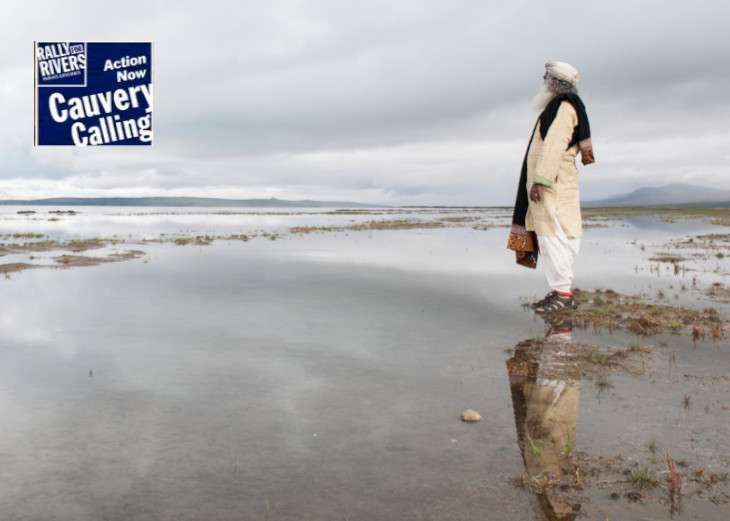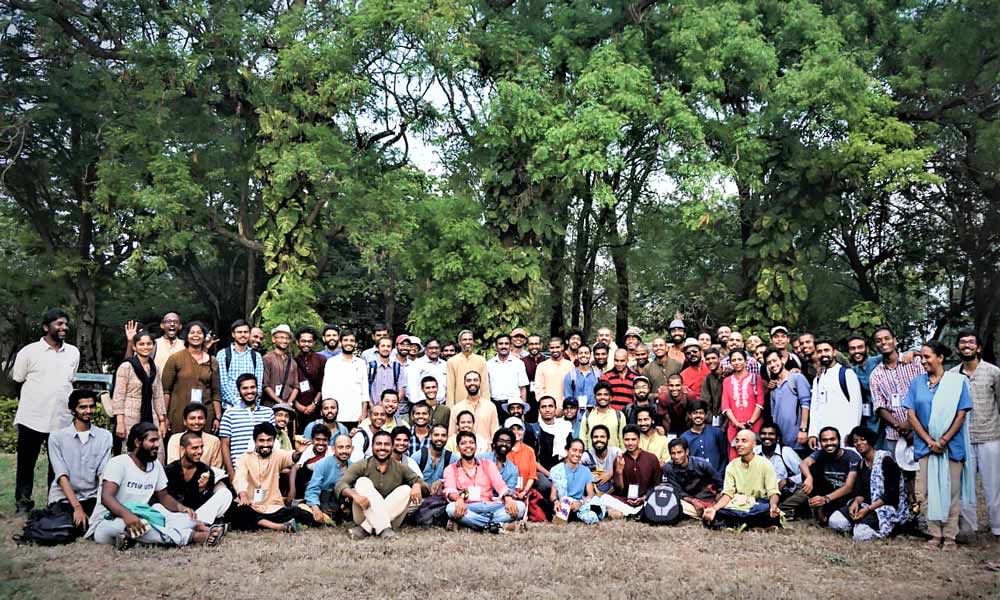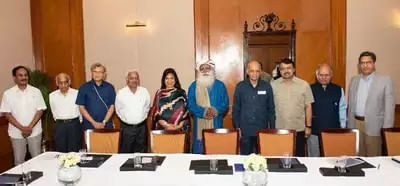How is the Rupees 42 Per Tree Going to Be Spent
Find out how the Cauvery Calling campaign arrived at 42 rupees per tree.

Question: Can you tell us how you arrived at the amount of Rs. 42 per tree for the Cauvery Calling campaign?
Sadhguru: In India, for many policies no one is willing to walk the last mile. Someone makes the policy “up there”, someone allots the finance, all kinds of things happen, but no one comes to that last man and tells him what he needs to do. Unless the last man does the right thing, there is no solution. It remains academic and we will just keep talking about it. Solutions will happen only when it touches the last man. This is one aspect we have addressed in the projects we have taken up.Nadi Veeras on the Ground

Subscribe
When we conducted the Rally for Rivers, I gave a call to the youth of this nation that if they can focus their life on India's rivers for three years, we can make a huge difference. Many of them told me, “Sadhguru, we don’t know anything about rivers, we do not know about ecology and how to fix it.” I told them, “Don’t worry about that. We will run a four-month training program for this. There is only one qualification you need: you must suspend one thought in your head – ‘What about me?’ If this one thought you suspend for three years, I will ensure that we make you into a Nadi Veera.”
Hundreds of them came forward. Many of them resigned well-paying jobs, and a few of them were halfway through their PhDs – they dropped their studies and they are with us. These people are on the ground today. For example, we have a project to revive the Waghari river in Yavatmal, Maharashtra, a region unfortunately known as the farmer suicide capital of India. The project has been approved by the state cabinet and we are working with the government to change the situation. The Nadi Veeras are going village to village to meet every farmer in the region. We are educating a large number of farmers to shift to agroforestry.
Right now, we have initiated the Cauvery Calling campaign. This is a much larger area than the Waghari river, with five million farmers. We will not be able to meet every one of these farmers, but fortunately today we have various mediums through which we can communicate. We do not necessarily have to physically meet the five million farmers. All this costs money, but that is not the major expense.
The Major Expense
Through Cauvery Calling, we will support farmers to plant 242 crore trees in their farmland. We need to provide farmers with these trees to plant, for which we need very large nurseries. Leasing large tracts of land for these nurseries will be a major expense. Another aspect is that in most of the places where they give you land, the soil is not suitable, so you will have to transport soil. This needs transportation and infrastructure. We are already doing all this on a certain scale in Tamil Nadu, but this scale needs a huge push. So we are asking the public and crowdsourcing the fund – forty-two rupees for one sapling.
An Eminent Board to Manage the Fund

To manage these forty-two rupees, we have a very responsible board of people. Members of the board include a former Supreme Court judge, the Secretary General and CEO of World Wide Fund for Nature in India, the Chairperson of BioCon, a former Chairperson of ISRO (Indian Space Research Organization), the topmost water expert in the country, and the person who started the Farmer Producers Organization movement – he is considered the father of FPOs. The fund is going to be managed by an internationally reputed auditing firm, under the aegis of this board.
The basic agroforestry module involves about fifteen different species of trees and the larger module involves about eighty different species of trees. There are some species of trees that we can do for five rupees. Every weekend, thousands of our volunteers come together and produce these at their own cost. There is another kind of timber tree which will probably need two hundred rupees.
The ground realities in different kinds of lands, in different kinds of terrains, in different kinds of social situations will dictate how we use these forty-two rupees. In some places, we may be able to produce a sapling for twenty-five rupees. In another place, it may be a hundred rupees. Calculating all this, we have arrived at this forty-two rupee number as an average.



